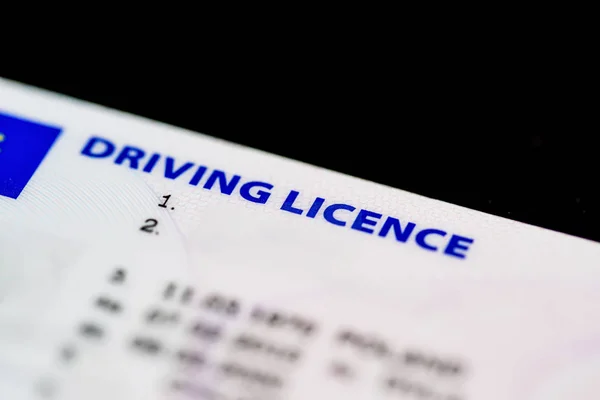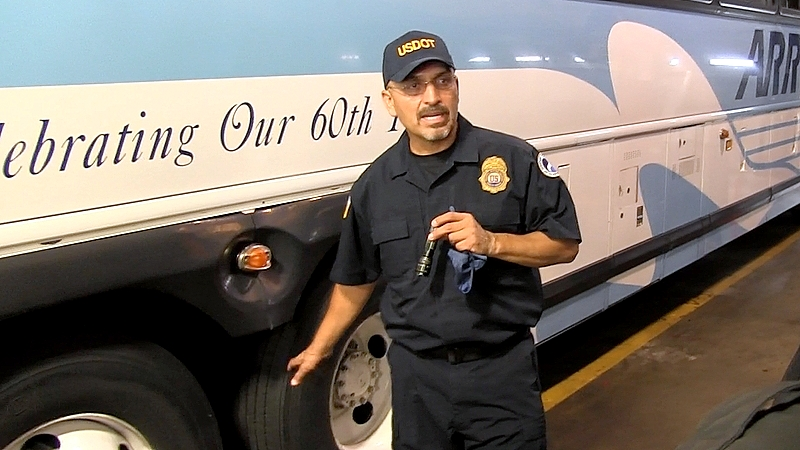
For decades, the rule requiring commercial truck drivers to be proficient in English has hung in the background of U.S. transportation law enforced sporadically, argued mutedly, and frequently overshadowed by other safety issues. Now it’s back in the foreground, and the trucking industry is experiencing the shock waves. Since late June, over 3,000 drivers have been taken off the road in only two months for passing roadside English tests, a rate not achieved in years. Supporters call it a practical safety precaution; critics argue that it may create a slippery slope to discrimination and further driver shortages.

1. The Rule That Never Went Away
The federal regulation 49 CFR Part 391.11(b)(2) long ago mandated commercial drivers to read and speak English sufficiently to communicate with law enforcement personnel, comprehend highway signs, answer official questions, and make notations on records. Although the regulation was still in effect, the Obama administration in 2016 eliminated it from the out-of-service (OOS) list, so violators were subject to citation but not taken out of service. That reversed following President Trump’s April 28 executive order and Transportation Secretary Sean Duffy’s May 20 directive, putting English proficiency back as an OOS offense effective June 25. “Federal law is clear, a driver who is unable to adequately read or speak English is not qualified to operate a commercial motor vehicle in America,” Duffy stated.

2. How Enforcement is Carried Out on the Road
The process is streamlined across the country. Inspectors start with a chatty interview no interpreters, cue cards, or smartphone apps. If the driver makes it through, they proceed to recognizing and reading basic U.S. traffic signs. Get either part wrong, and the driver is put out of service immediately. In Wyoming, for instance, drivers are required to respond to 14 verbal questions and recognize 37 road signs. Lt. Kyle McKay of the Wyoming Highway Patrol stated, “If a driver can’t read and understand highway signs, there’s a good chance that driver might end up in a crash and injure someone.”

3. The States Leading in Removals
Texas leads the pack, suspending almost 350 drivers since June 25, followed by Tennessee, Wyoming, Iowa, and Arizona. Statistics for the last two years indicate that drivers of trucks with Texas plates have triggered 16% of all English proficiency infractions, followed by California, Illinois, New Jersey, and Florida. Surprisingly, Pennsylvania a non-border state is in the number one position in citations, illustrating the uneven nature of enforcement.

4. Industry Support and Concerns
A recent survey by FleetOwner discovered that 95% of them view non-English-proficient drivers as a safety problem, and 75% labeled it “a big problem.” However, only 90% of them confirmed that it should be an OOS violation. There are those who would rather they be fined instead of having the trucks sidetracked. “ELP should be enforced to make other road users safe,” according to one respondent, while another said, “Issue citations and fines, don’t put trucks out of service.”

5. The Problem of Fraudulent Licenses
Language ability is not the only issue. Bogus or fraudulently acquired CDLs are emerging across the country. In Washington, investigators detected a scheme of bribery in which gold envelopes filled with $520–$530 cash guaranteed passing marks for unqualified drivers 80% of whom had failed when retested. In Massachusetts, a former state police sergeant was convicted of issuing false passes in exchange for such items as a $2,000 snowblower. “You’re putting untrained drivers behind the wheel of 80,000-pound rigs,” said safety expert Scott Turner.

6. How Bad Actors Exploit the System
Shady trucking firms, beset by high turnover rates and low wages, occasionally knowingly hire substandard drivers. Texas Highway Patrol Maj. Omar A. Villarreal issued a warning that some U.S. driving schools bribe, and others use phony Mexican licenses. “If you have enough money, you can obtain a license to drive a truck down the road and kill people,” he said.

7. Balancing Safety and Fairness
Critics like former trucker Adam Wingfield caution that human bias can creep into enforcement. California, for instance, has issued just one OOS violation for English inability, compared to hundreds in other states. Wingfield likens it to “stop and frisk,” where enforcement intensity varies widely. He also notes that unsafe driving isn’t limited to non-English speakers: “Just because you’re an American doesn’t mean you’re going to follow the rules.”

8. Readying Fleets for Compliance
Carriers are advised by the Federal Motor Carrier Safety Administration to test English proficiency at hire. This involves interviewing in English, inquiring about trip information, duty hours, license, and requiring drivers to interpret U.S. highway signs. Questionable OOS rulings can be challenged by carriers through the FMCSA’s DataQ system.

9. The Potential Capacity Impact
If all English proficiency infractions were instant OOS cases, as many as 13,000 drivers might have been taken out of service in the last two years. In the early 2010s, infractions reached over 100,000 per year, with thousands of drivers taken out of service. It would take tens of thousands of drivers out of commission to return to those levels, causing carrier operational woes on top of labor shortages.
The return to emphasis on English language ability and license integrity is redefining the conversation about trucking safety. For fleets, it’s a wake-up call to clamp down on hiring practices, confirm credentials, and ensure drivers are up to the challenge of the language requirement before they ever head out onto the road. For policymakers, it’s the balance between safety, equity, and the movement of freight in an already thin-margin industry.


